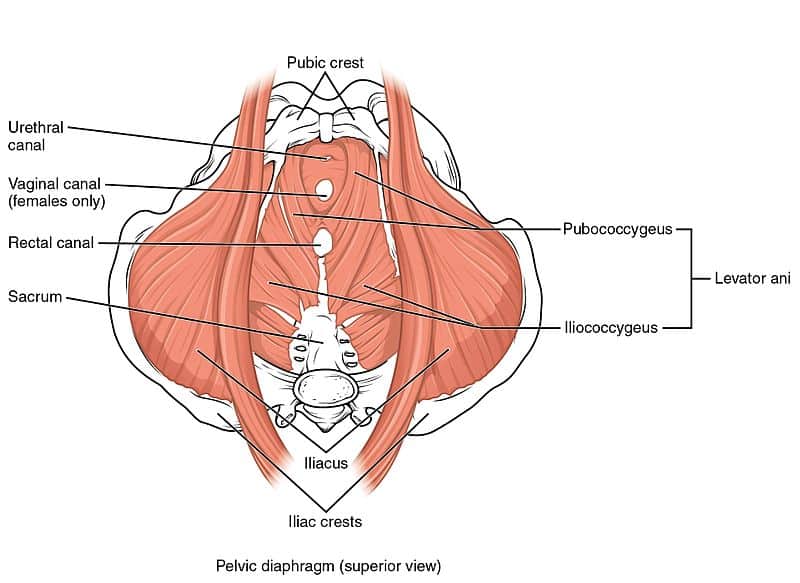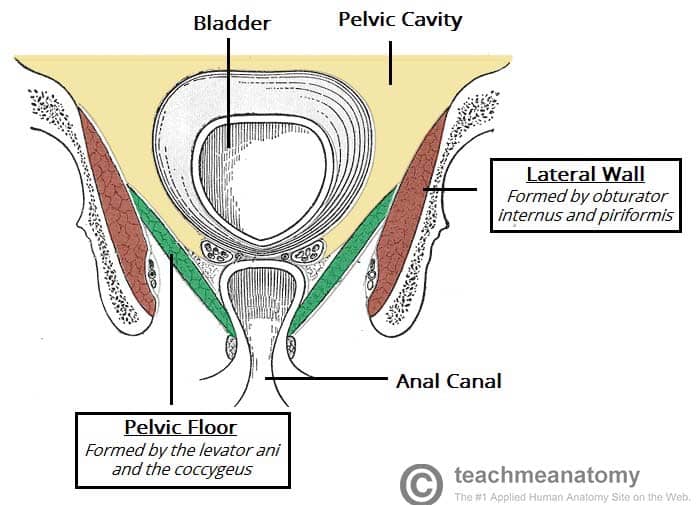It attaches to the walls of the lesser pelvis separating the pelvic cavity from the perineum inferiorly region which includes the genitalia and anus.
The pelvic floor is primarily made up by which muscle.
In order to allow for urination and defecation there are a few gaps in the pelvic floor.
The first thing to understand is the pelvic floor is a set of muscles much like any other muscles in your body.
Several things can weaken your pelvic floor muscles.
An important group of muscles in the pelvis is the pelvic floor.
The pelvic floor muscles provide foundational support for the intestines and bladder.
Picture it like a sling or hammock that connects to each side of your pelvis and keeps your uterus bladder and bowel snugly in place.
These muscles contract and relax depending on how aroused you are.
The pelvic floor is a system of muscles ligaments and connective tissues that stretches across your pelvis and holds up your pelvic organs.
The pelvic floor is made up of muscles ligaments and tissues that surround the pelvic bone.
These muscles aid urinary control continence and orgasm.
Pelvic floor dysfunction is the inability to control the muscles of your pelvic floor.
The muscles attach to the front back and sides of the bone as well as to the lowest part of the.
In this article learn how to do four.
Your pelvic floor is the group of muscles and ligaments in your pelvic region the pelvic floor acts like a.
It is mostly made up of slow twitch fibers 70 with fast twitch being only 30.
The main focus of this article will be the pelvic floor muscles on that topic there are several important questions that need to be answered.
It is a basin shaped muscular diaphragm that helps to support the visceral contents of the pelvis.
What does that tell us.
The pelvic floor is built for endurance but the fast twitch fibers are there to catch that sneeze.
The pelvic floor is primarily made up of thick skeletal muscles along with nearby ligaments and their investing fascia.
The pelvic floor is a set of muscles that supports pelvic organs including the bladder and bowel.
The feeling of tightness during sex is primarily determined by the pelvic floor muscles around the vagina.

:watermark(/images/watermark_5000_10percent.png,0,0,0):watermark(/images/logo_url.png,-10,-10,0):format(jpeg)/images/atlas_overview_image/447/cKqKyPqIrfdkM7JgFJ6LkQ_pelvic-floor-muscles_english.jpg)























